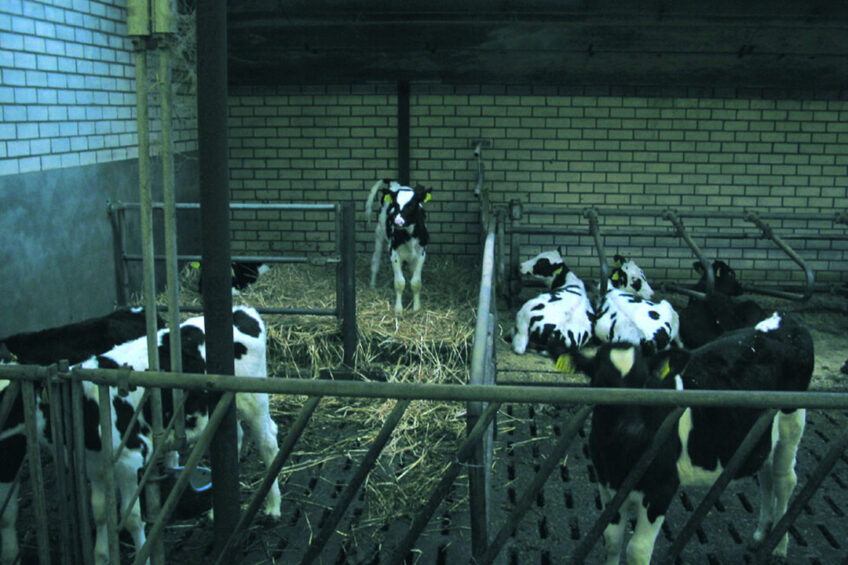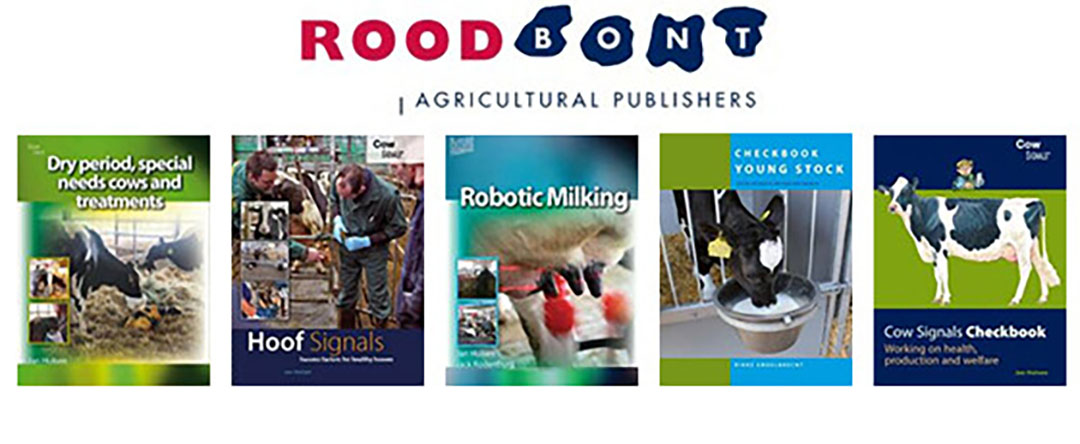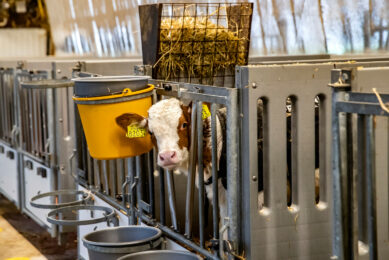How to give the best calf care

Challenge: A calf that has just been born has very low resistance. They need to get off to a good start to ensure that they become high-performing animals later on. What are the important points to remember to give the best calf care to set it up for success?
Best practice approach for calf care
1. The newborn calf needs to take in 2 litres of colostrum within 2 hours to start building up its resistance.
2. It’s advised to give its own mother’s colostrum in the next few feeds, which can be warmed up from refrigerator. It should get at least 5 litres on the first day. It needs to take in 15% of its body weight in colostrum within 12 hours.
3. Wash the newborn calf’s navel with iodine tincture. Check the navel regularly, around twice a week. The cord should be soft and thin and not painful. An infected navel lowers resistance and can lead to a variety of other problems.
4. Ensure clean and comfortable housing – this is key. The highest hygiene standards should be practised, for example, work from young to older; clean single pens immediately and leave empty for 2 weeks; clean buckets and milk; dry pens with a warm nest; control flies; and, provide quality feed and water.
5. Other cattle are a source of contamination for the young calf. Hutches are a good way of preventing contact between animals.
6. Make gradual changes. The first change is most likely moving from a single pen to a group pen. There are many changes in the forms of social, feeding, care, housing and climate – it is important to do so in a gradual manner and not combine changes. Spread them out so stress is minimised.
7. A sign of good health and growth include a glossy coat, well-muscled back and good abdominal fill.
For more best practice tips, click here.
For more more practical dairy farming tips, check out these books.
Join 13,000+ subscribers
Subscribe to our newsletter to stay updated about all the need-to-know content in the dairy sector, two times a week.










